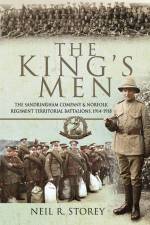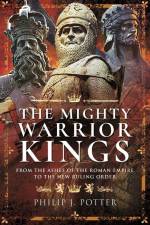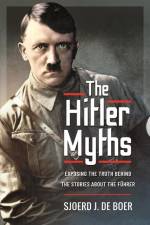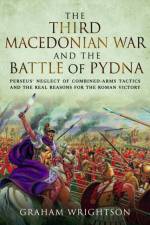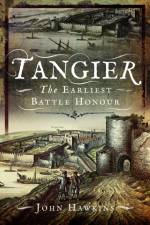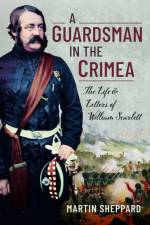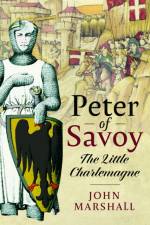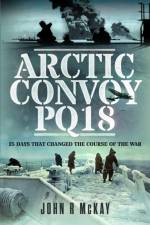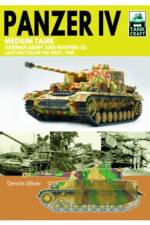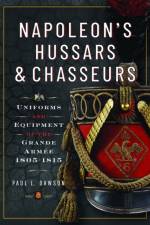av Paul L Dawson
431
Small men, with big egos and mustaches, the hussars of Napoleon's army wore some of the most flamboyant and stylish uniforms of the epoch. The uniforms of the seventeen regiments of hussars are discussed in detail, along with the dress of their brethren in the thirty-two regiments of chasseurs à cheval, with an emphasis on highly elaborate dress of the trumpeters. Archive documents which have never been previously used to study the subject will be used for the first time: many of these documents have not been published in French and have never appeared as translations. Illustrated with contemporary illustrations, original items of uniform and reconstructions of uniforms, this is the definitive guide to the dress of the Napoleon's light cavalry.This is one of a series of ground-breaking books which will be the defacto study of this perennially popular subject for historians, researchers, wargamers, re-enactors and artists. Using archive records to 'set the record straight', as well as contemporary illustrations and original items of uniforms, the author sets out to describe the uniform of every regiment of Napoleon's army. Using archive sources found in the Archives Nationales and Service Historique du Armee de Terre in Paris, the author's unrivaled research over a period of twenty years, will reveal exactly how, for the first time in over 200 years, Napoleon's army was mounted, clothed and equipped.Having been granted to access to over 1,000 archive boxes, the author assesses how the regulations were adopted in practice. This vast resource, as yet untapped by the majority of researchers and historians for understanding the Napoleonic era in general, include the many regimental archive boxes preserved in the French Army archives. These sources provide, potentially bias free empirical data from which we can reconstruct the life story of a regiment, its officers and above all its clothing. What did trumpeters wear? Did cavalry regiments really have sapeurs? We answer these questions and present the reality of how regiments were dressed derived from diaries, letters, inspection returns, regimental accounts and even cases of fraud.For the first time, this unique series of books discusses the wide ranging 1806 uniform regulation and the more famous Bardin regulation which applied to all arms of the Army and explores the way in which regiments on campaign adopted and adapted their uniforms. For the first time since the days of Napoleon, we can say exactly what was worn by the French army.


